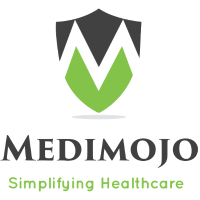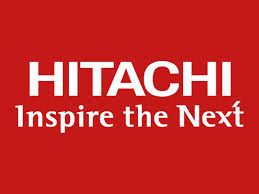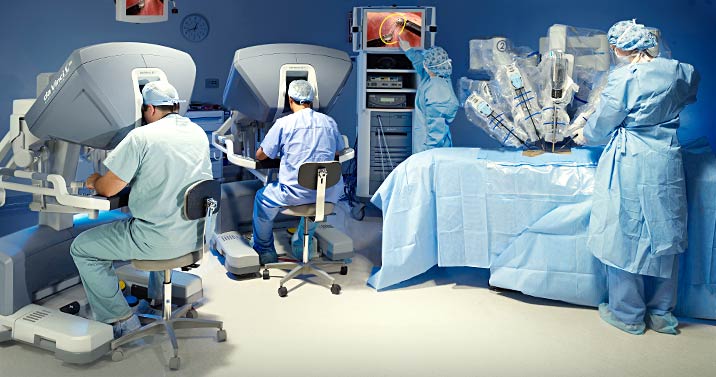Font size, frame size, number of keystrokes for entry are not the types of issues that would seem at first glance to impact a multi-billion dollar market such as the one for electronic medical record (EMR) systems. But according to healthcare market research publisher Kalorama Information, these annoyances will add up to a large difference in how many hospitals and physicians convert to EMR systems. Kalorama Information’s latest report, EMR 2011: The Market for Electronic Medical Record Systems, expects the market for EMR systems to grow at 15.1% annually for the next five years, but that growth could hinge upon the creation of more user-friendly systems. Usability was mentioned as a trend to watch in Kalorama’s report published earlier this year. It has since been the subject of an April 2011 hearing of the HHS Health Information Technology Policy Committee. Among the user complaints in that forum were EMR systems that forced clinicians to re-enter the same information multiple time, that buried important information among many routine notes, or that created confusion about the status of an ordered test. Software developers emphasized the need for systems to follow routine conventions such as adopting a Microsoft Windows-like interface. One physician complained that her EMR system took ten minutes to order a routine mammogram. One of the recommendations of the American Medical Association and other groups is that usability be added to the certification process for EMR vendors. There have also been proposals to create a national electronic master patient index, healthcare icon library, and standard patient summary displays for use across systems.

Be a part of Elets Collaborative Initiatives. Join Us for Upcoming Events and explore business opportunities. Like us on Facebook , connect with us on LinkedIn and follow us on Twitter , Instagram.












